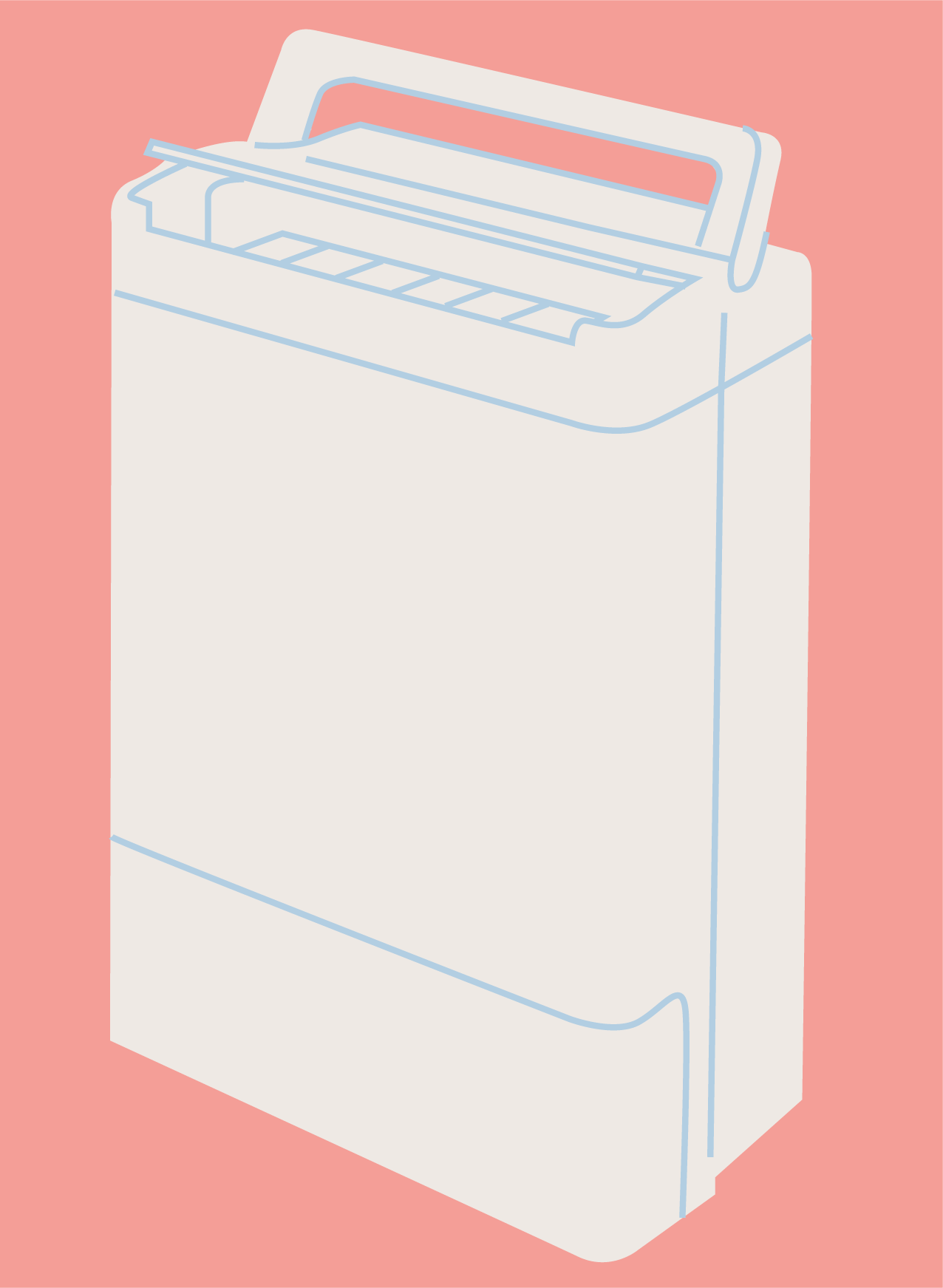Smart storage options
Use these tips for storing your clothes, whether in regular rotation or packed away for their off-season. Your rewards are clothes that stay in the best possible shape longer and remain undamaged by moths, mold, or mildew.
Even with garments that you wear often, there are certain storage methods and practices that are good to stick to. These will give your clothes their best shot at looking good for as long as possible.
The general rule is: structured garments and those that require ironing should be hung up; everything else either can or definitely should be put away flat (folded or rolled). Jeans, cords, and robust trousers can be hung or folded, depending on space. Knitwear and knit fabric garments, including T-shirts, knit dresses, and sweatshirts, should always be folded or rolled so their weight doesn’t distort their shape.
Hang it up
Keep structured coats and jackets hung up on wide, sturdy hangers that properly extend into the shoulders. Coats and jackets, as well as other button-up garments such as shirts, blouses, and shirt-dresses, are all best kept with their top button done up, plus at least every other one, to help retain their structure. Never use wire coat hangers because they can rub and damage the fabric over time.
HANG UP STRUCTURED CLOTHES

Don’t cut off the hanging loops
If your hanging garments include hanging loops, use them. The loops help distribute the pressure put on the garment when it’s hung up. They also keep slippery garments from sliding off their hangers and ending up in a pile at the bottom of the closet.
USE THE HANGING LOOPS

Customize clip hangers
The ideal skirt hangers include padding where the hanger grips the garment to prevent indentations. If yours do not have these, insert rectangles of fabric between the clips to sandwich the garment in the middle to provide some DIY cushioning.
ADD PADDING TO CLIP HANGERS

Keep out of the sun
Some people like clothing racks for an at-a-glance shot of what outfits are available; however, sunlight can permanently discolor and weaken fabric, so clothes fare best inside a closet. Consider buying fabric hanging storage bags for off-season garments that need to be hung but don’t fit inside a closed closet.
STORE AWAY FROM THE SUN

Fold, roll, and repeat
For garments that are stored flat in drawers or boxes, consider either rolling and storing on their sides, or folding in a way that they can be filed in rows. When you open the box or drawer, you can see the entire contents at a glance, plus it’ll be easier to remove items without disturbing the contents.
Air your closet regularly
Two other causes of clothing damage are moths and mold or mildew. Like most things in life, prevention is better than cure, so keep your closet well ventilated. Moths hate light and movement, so air your closet and drawers every couple of months and move clothes around. It is their larvae, rather than the moths themselves, that cause clothing damage, so put them off wanting to make your closet their home. Vacuum your closet’s corners and crevices often to nip any potential infestations in the bud.
AIR YOUR CLOSET

Target the pesky moths
Moth larvae love nothing more than feasting on keratins—these are found in animal-based fibers (wool, mohair, cashmere, silk, leather, felt, and feathers). Regularly inspect these items for the first signs of holes. Wash or dry clean any clothes that do show signs of moth holes immediately. Dry cleaning is the best way to kill moth larvae. The effectiveness of mothballs and cedar repellents is debatable.
Rotate your wardrobe
The best tactic to keep air circulating around your closet is to steer clear of overfilling it. That might mean packing away out-of-season and rarely used garments. Before doing this, make sure those garments are freshly washed or dry cleaned and are bone dry. Pests are attracted to the oil from our skin and food residues.
Ban condensation
Mold and mildew are caused by condensation and damp, and there are a number of moves you can make to stop them from appearing on your clothes. Hang wet clothes out to dry as soon as possible. And check that laundry is fully dry before putting it away. If your home suffers from condensation problems, it’s probably a good idea to invest in a dehumidifier product specifically for closets.
DEHUMIDIFY IF NEEDED

Find a permanent storage that works
There are various types of containers available for packing away clothing. All appear to have their pros and cons, but arguably, air-tight plastic storage bins or vacuum or compression storage bags should provide the best protection from both pests and damp.
MINIATURIZE STORAGE

